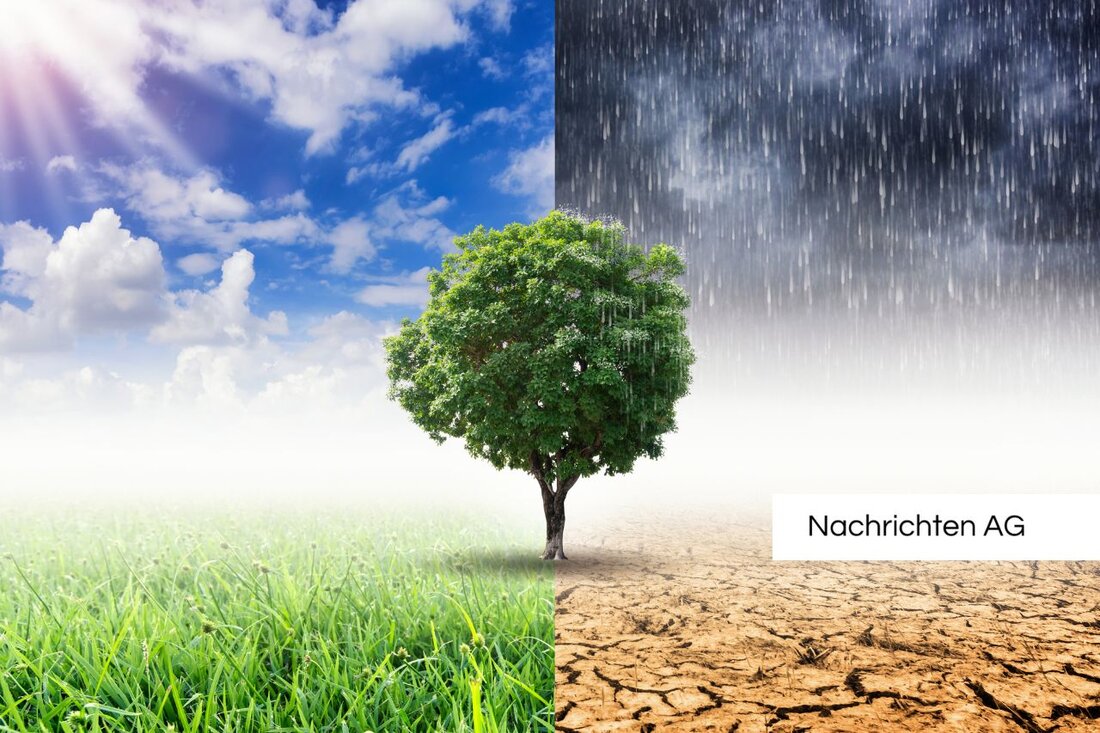Rheinauen rescue started: 8.5 million euros for nature!
Rastatt is initiating an extensive environmental protection project to renaturate the threatened Rhine floodplains in order to preserve biodiversity.

Rheinauen rescue started: 8.5 million euros for nature!
In the region around the Rhine floodplains between Rastatt and Seltz-Munchhausen, the signs point to change. An ambitious environmental protection project was launched to save the critically endangered river landscapes. On Wednesday afternoon, the foundation stone for this initiative was laid in Rastatt, which aims to preserve a full 812 hectares of the valuable Rhine floodplains. In total, investments of around 8.5 million euros are planned over the next ten years. A step that seems all the more urgent given the memorable effects of climate change, because the wetlands on the Rhine are at great risk, as SWR reports.
But the project is not only aimed at the financial aspect, but also aims to restore the natural habitats for endangered animal and plant species, such as the kingfisher and the green damsel. To achieve this, a cooperation agreement will be signed between the Federal Ministry of Transport, the state of Baden-Württemberg and NABU, which aims to restore nature in line with the requirements of shipping on the Upper Rhine.
Comprehensive renaturation measures
The renaturation measures are diverse. Old side channels of the Rhine and floodplain waters are to be reactivated by enlarging culvert structures and better connecting the old Rhine branches to the main river. These steps are crucial to ensure better supply to the old river branches during floods and to prevent these sensitive habitats from drying out. The entire project will be implemented by the end of 2034, with particular attention being paid to three large floodplain landscapes - the Plittersdorfer Altrhein, the Bremergrund and the Dettenheimer Rheinaue - as NABU informs.
But the challenges are great. The floodplain landscape suffers from restricted water circulation, which not only leads to drying out but also severely endangers biodiversity. The OpDyNat project, which focuses on the ecological reconnection of Old Rhine arms, aims to improve water circulation and strengthen floodplain resilience. This initiative combines expertise from Germany and France and promotes sustainable, cross-border cooperation in the area of environmental and climate protection, according to Interreg Oberrhein.
Climate change and its consequences
Another focus is on the drastic effects of climate change. The sensitive habitats are repeatedly affected by extreme weather conditions. When water levels are low, floodplain waters dry out more quickly, which destroys the connectivity of the water network. Fish and aquatic organisms are increasingly having difficulty reaching critical habitats. In a lecture by qualified forester Dr. Volker Späth will also address overcoming these challenges on July 3, 2025 as part of the special exhibition “Streams of Life (on) the Rhine and Murg”. The lecture shows ways in which the floodplain can be better traversed in order to prevent the water from “overturning,” as Museum.de describes.
Overall, the renaturation project on the Upper Rhine represents an important step towards protecting biological diversity and preserving the river landscapes for future generations. Anyone who is interested can look forward to immersing themselves in the project's diverse topics and perhaps even actively participating in environmental education formats for schools and the public.

 Suche
Suche
 Mein Konto
Mein Konto